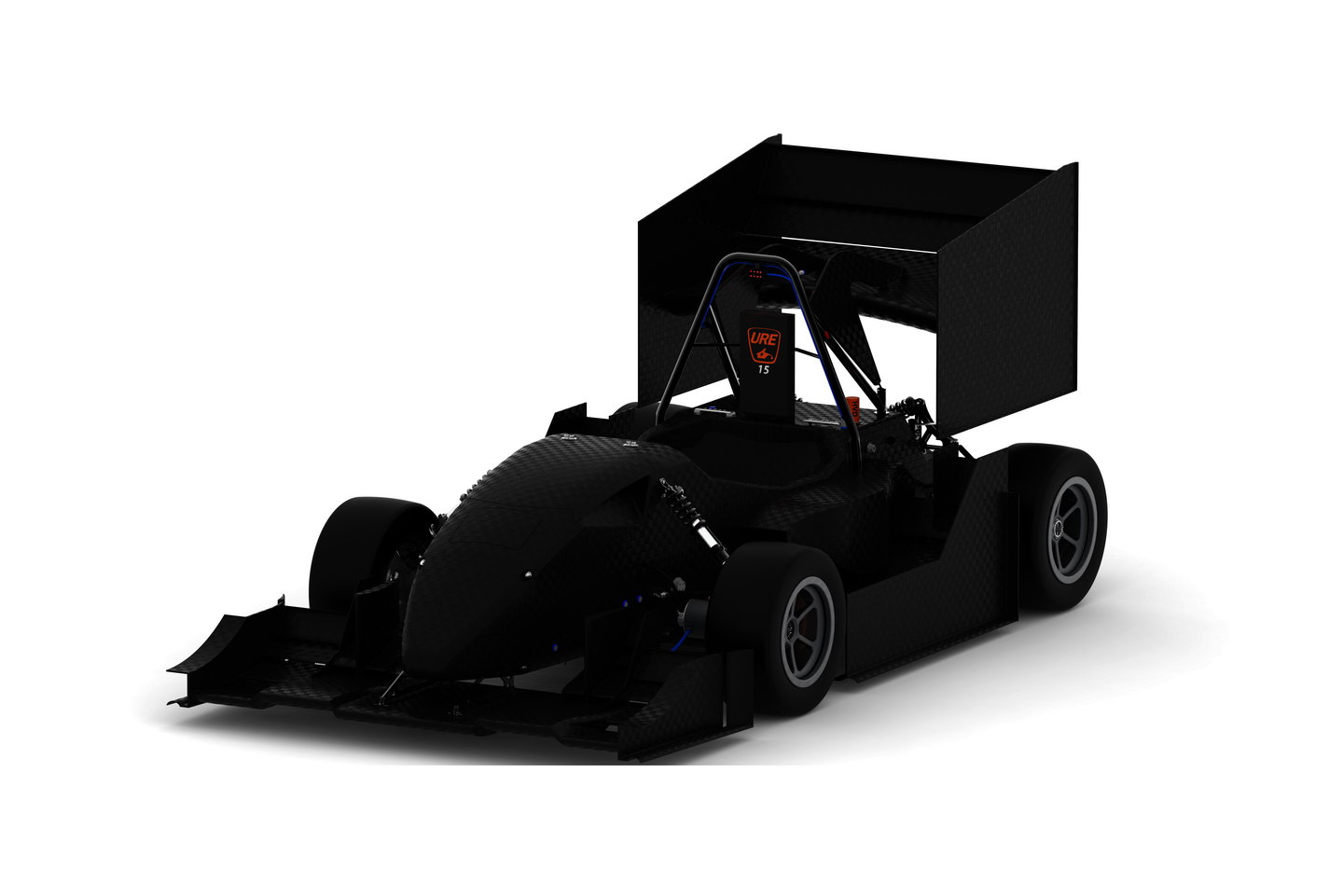
URE15: evolution with a hint of revolution
Not a revolution but an evolution. This is how University Racing Eindhoven is describing the move from its last racing car URE14 - the first with the capacity to race without a driver - to the new URE15. An evolution with a slight revolutionary twist in the aerodynamics department, thanks to a rule scraped suddenly from the Formula Student competition. This Thursday afternoon the team presented the design for their new car.
‘Bronze’ at Formula Student in Assen, fifth places in Germany and Italy - all in all, the student team can look back on the last season of competition with satisfaction. Nonetheless, the Italian grapes tasted just a little sour: this was where URE had hoped to make competitive headway for the first time with its first self-driving car - going so far as to announce that it had set its sights on finishing among the top three - but at the critical moment, due to problems with the battery, the car was not on the starting line.
It turned out later that the defect would not have been difficult to fix, says team manager Tom Oosterholt recollecting events, “but at the time it seemed an insurmountable problem. That's why we decided to shift our focus to the next race and convert the car, ready for the competition in Germany.”
That in spite of all this URE still managed to come in fifth at the Riccardo Paletti circuit was thanks to scores achieved in various static disciplines, including the element 'Cost and Manufacturing' in which the Eindhoven team beat the field. Incidentally, URE was not the only team that didn't manage to drive in Italy; only a small minority of the participating teams in the still new driverless competition were ultimately able to start.
According to Oosterholt, this illustrates the transition phase in which Formula Student - and thus many of the participating teams - finds itself. From cars with a combustion engine via the current majority of electric cars to the latest driverless category (as of 2021 Formula Student Germany wants to have only driverless racing) - the competition is going through a period of change and many teams are feeling their way.
First autonomous racing car
The ambition to make the Benelux's first self-driving racing car - which University Racing Eindhoven voiced (article in Dutch) back in 2017 - was at any rate achieved with the URE11D: the URE11 from 2016 rebuilt as an autonomous racing car. The systems used in this ‘D’ were last year transferred to the new URE14, the car with which the Eindhoven crew started the last competition season. Two regular competitions with a driverless competition sandwiched between them were scheduled for the summer but when it came to it, the conversion of the car from driven to driverless in one week proved just too ambitious.
That the team chose a convertible car, i.e. capable of conversion for races either with or without a driver was, says Oosterholt, “pretty unique, especially last year”. It won URE keen interest from other teams, “specially smaller teams who can't easily divide themselves up to cater for two different classes”.
While the last season was still underway URE decided it wanted to further develop this convertible racing platform. According to Oosterholt, the team flirted briefly with the idea of focusing completely on autonomous driving, “but we'd really need more good software engineers. And for student teams they are usually difficult to find.”
What's more, he adds, the ‘regular’ electric competition with a driver currently offers the greatest chance of winning points and securing a good position in the international rankings. “But when it comes to innovative, driverless really is the future. For the time being, however, that's a less competitive class than the competitions with a driver, where a lot of teams are at a similar level.”
In view of this, the URE15 the team is currently working on will also be a hybrid. Above all, it must be more robust than its predecessor, though not necessarily flawless, “as long as we know in an instant where we need to look if problems arise”. Following review sessions with new and former members and partners, the design is ready; production has been in full swing for a little under two months. The vast majority of parts, including “everything made of carbon fiber, the battery pack and the entire suspension system”, are being made in-house; for example, the motors have been developed by the team itself in collaboration with companies. Only a few parts have been purchased.
Downforce
Compared to its striking convertible predecessor, URE15 is “more of an evolution than a revolution”, says Oosterholt descriptively. Ongoing development, plenty of testing, smarter systems, improvements, greater stability, that is what it is all about this season.
Nevertheless, a few eye-catching changes have been made to the new racing car. The most visible is the ‘fan’ on the rear of the car - the result of the unexpected scraping of a rule in the Formula Student regulations, which until last season strictly prohibited active aerodynamic components designed to create a downforce. “We weren't actually intending to change much in our aerodynamic package, but suddenly we had the chance to come up with the craziest ideas. It was an opportunity we couldn't pass up.”
Oosterholt explains, “The big wings on our car have precisely the opposite effect of the wings on an aircraft: they push the car down against the asphalt, which gives the tires more grip on the road. Having a large fan on the rear enables you to increase this downforce by sucking air out from under the car, which creates a vacuum of sorts.”
A radical change, with consequences for the entire system and design, and which simulations indicate should result in significant (time) gains. “But we won't know that for sure until we run tests.” The biggest risk, he says, is that the URE15 could drive less predictably - and could suddenly lose that vacuum mentioned above, for example if it hits a bump in the road. “That is tricky for the driver. If testing tells us it is too instable, we can always decide to leave off the fan.”
New suspension
Less visible is the car's new suspension system. The URE15 is the first since the URE07 almost ten years ago to use multi-link suspension, as it is called: a type of wheel suspension that, according to Oosterholt, offers a lot more scope for working the numbers and tweaking than the double wishbone suspension of the previous cars - but which also requires quite specific knowledge. “Once again last year we had a graduating student on the team who had that knowledge and who laid a good basis, enabling us to implement the system this year in the URE15. Actually, we had to move quickly because the holes for the suspension have to be drilled in the monocoque (the car's load-bearing skin) - and that goes into production early on.”
A third definite change lies in the powertrain used by URE15, tells Oosterholt's board colleague Josh Claessen, ‘head’ of Powertrain, Aerodynamics & Testing. “We've been developing this powertrain - in other words all the stuff between the batteries and the car's wheels - ourselves for years, but it is a very complex aspect. You have to be thorough so you can catch the tiniest errors. This year we have taken a lot of measurements in the EPE lab belonging to Electrical Engineering, where we have two motors in a test set-up. This has given us a lot more insight into the motors.”
Not that this insight has prompted radical mechanical changes; the biggest changes lies in the - fairly incomprehensible for non-techies - “copper wire on the inside, adding some extra coils”. The intended effect is easier to grasp: about 25 percent more torque, in other words driving force transferred to the wheels. Claessen says, “We've always had the top speed, but now we can make sure we have greater acceleration - when it came to pulling away we were always slower than the rest of the field.”
With its remodeled aerodynamics, suspension and powertrain and countless smaller changes, URE will be going into international battle again this summer. Assen, Germany and Spain are the team's three travel destinations; in Barcelona the TU/e team is entered in the driverless class.
The goals: a top-three place in Assen, at least fifth position but preferably higher at Germany's Hockenheim circuit and crossing the finishing line driverless in the Spanish competition. Oosterholt is feeling positive. “At the start of the year we still had some minor flaws, but in recent weeks everything's been looking rosy, the tests are going well”.
Coronavirus
Perhaps the biggest uncertainty at the moment concerns the delivery of some parts ordered from China, delayed due to coronavirus. “Some factories are closed,” says Oosterhout. “They announce that they will re-open the next week, but then it's another week, and another week. So we'll have to wait and see.”

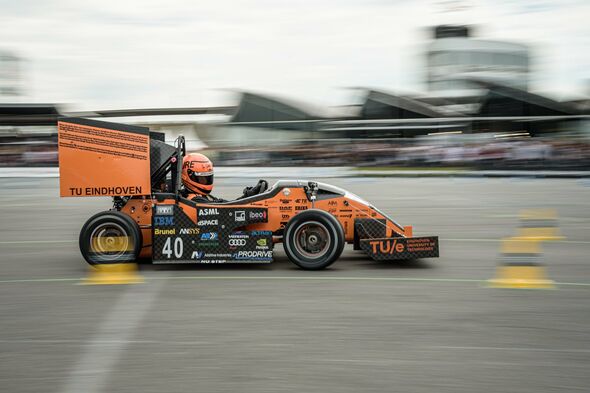
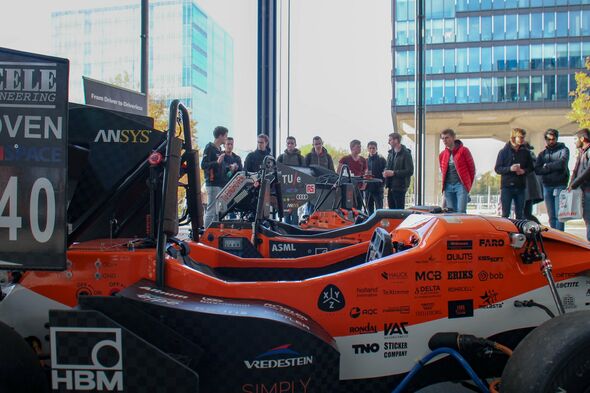
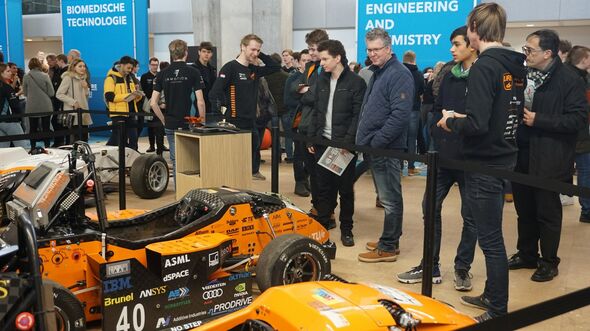
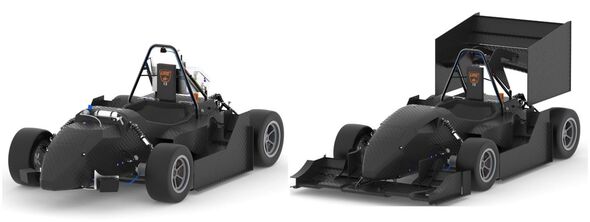
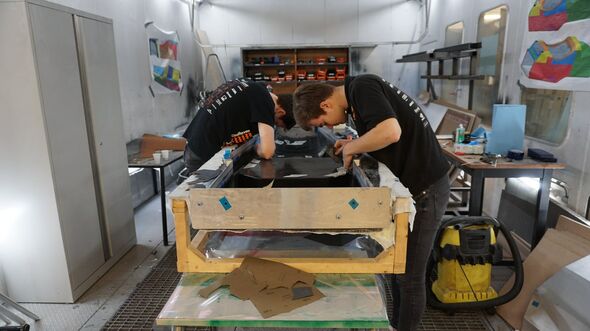
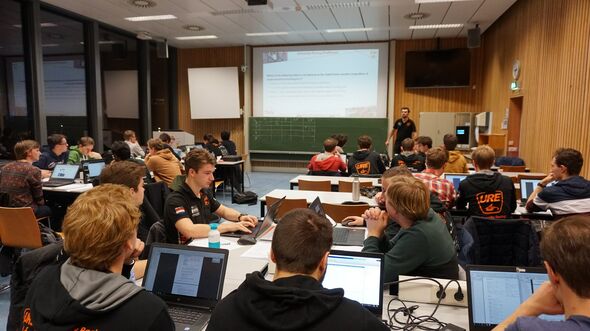
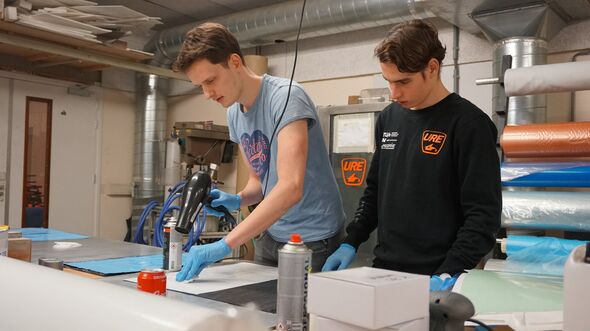
Discussion